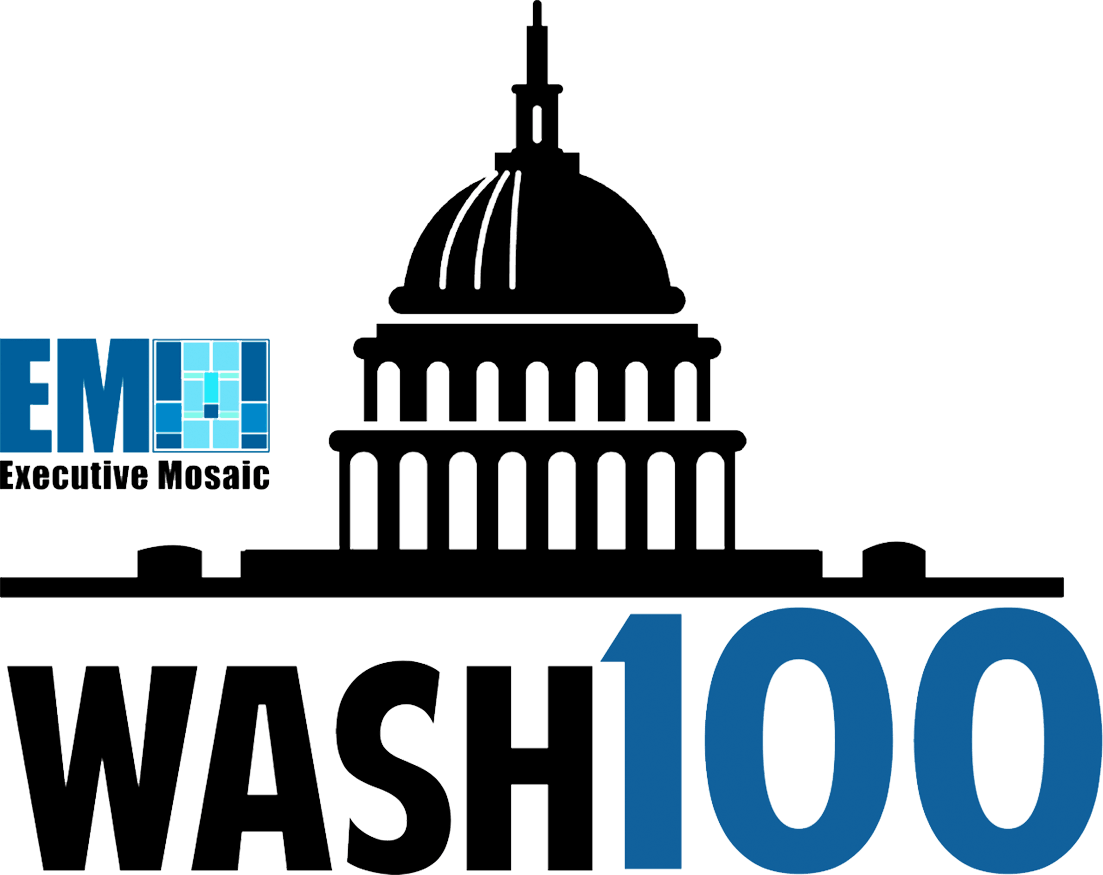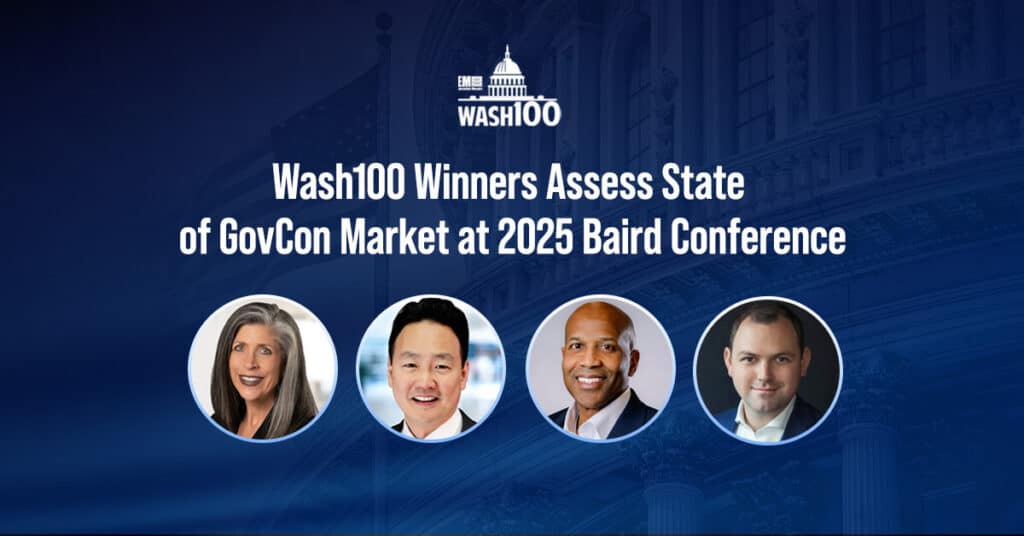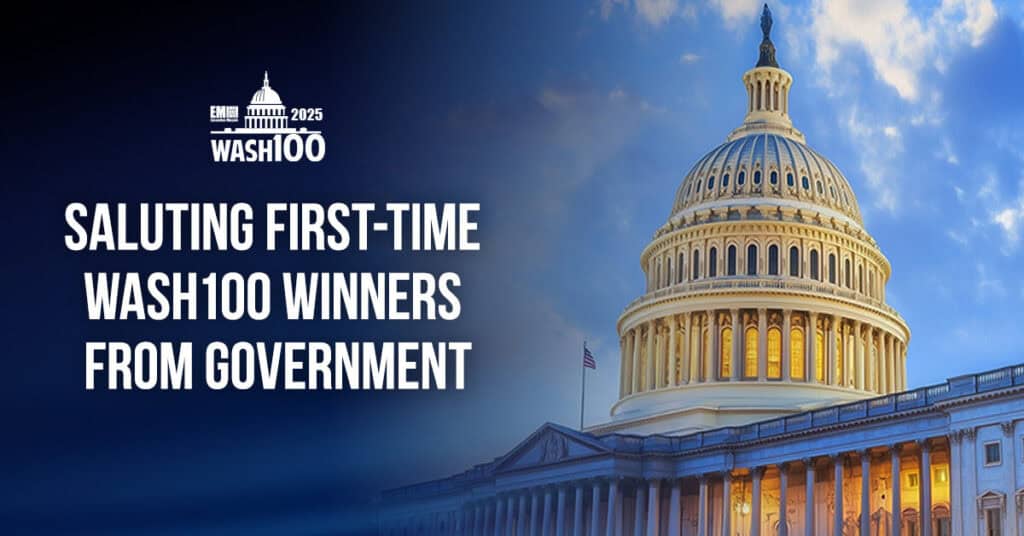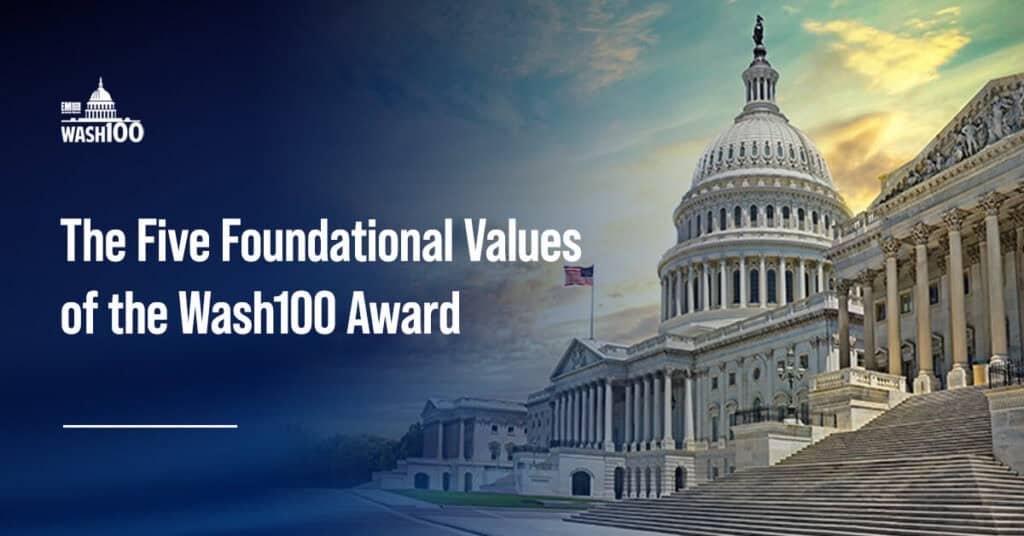Kevin Plexico, senior vice president for information solutions at Deltek and a 2021 Wash100 Award recipient, published his latest article as a part of Executive Mosaic’s GovCon Expert program on Wednesday.
Previously, GovCon Expert Kevin Plexico discussed the major improvements that government contractors and their respective organizations have made to combat the effects of the COVID-19 pandemic.
In his latest piece, Plexico provided an insightful look into the most significant trends that could impact how government contractors operate in the coming year, especially in the federal and SLED (state, local and education) markets.
He focused on how the GovCon industry will be impacted from new funding sources, the expansion of compliance requirements, the increased focus on small business contractors as well as the continuation of contract consolidation.
“Government contractors who take the time to understand these four key trends listed above, and incorporate their learnings into their business development strategies, will be best positioned to set themselves up for success in 2022.”
You can read Kevin Plexico’s latest GovCon Expert article below:
Four Trends that will Impact Government Contractors in 2022
By Kevin Plexico
At Deltek, our analyst team 150 strong strives to help our clients keep their fingers on the pulse of the government contracting market. It’s safe to say that in 2022, that pulse will be beating strong as the market is alive and well – but with a number of complicating factors that savvy government contractors will want to understand heading into 2022.
Our research teams have uncovered several trends that are likely to make an impact on how government contractors operate in 2022 in both the federal and SLED (state, local and education) markets. The impacts of contract consolidation and expanded compliance requirements will be vital for contractors to understand, while the opportunities unlocked by new funding sources and an increased focus on small businesses can help proactive companies expand their government contracting operations. All of these themes are very likely to influence contractors and how they operate in the year ahead
Below, I’ll go into a little bit more detail about each of the four key trends identified by the Deltek research teams supporting GovWin IQ, and explain the high-level impact they will make on businesses selling to the government in 2022.
Impact of New Funding Sources and Appropriations
Several notable pieces of legislation have recently passed which may create a trickle-down of funding for federal, state and local agencies – some of which had been discussed for months, even years, before finally coming to fruition in 2021. The Infrastructure Investment and Jobs Act is one that has been much talked about and finally passed in November 2021, which unlocked over one trillion dollars in funding for roads, bridges, mass transit, technology infrastructure and much more. Deltek’s Senior Director of Research, Deniece Peterson, helped address the overwhelming issue in a recent article. Peterson stated that while it isn’t necessarily simple to track opportunities emerging directly from the infrastructure bill, contractors can get a head-start on some of these opportunities by assessing the relevant government agencies and programs to determine where their core competencies might align well.
Another major act was the American Rescue Plan Act (ARPA) of 2021, which sent down nearly $200B to the states and another $125B to local governments and authorities. Monitoring which potential upcoming projects may be impacted by this funding, as well as the possibility of future major legislation, will be a recurring theme for 2022 that all contractors will need to keep an eye on.
There are prospects for other legislation to further fund investment in agency budgets including, of course, the FY 2022 appropriations and President Biden’s Build Back Better plan still working their way through Congress.
Expanding Compliance Requirements
There have been many new and important requirements impacting government businesses recently, and that will continue into 2022. Top of mind for many businesses is the recent federal mandate requiring government contractors be vaccinated unless a medical or religious exemption applies. A broad variety of government agencies are having COVID compliance protocols enacted to include more sweeping employee vaccination mandates (and monitoring/documenting employee vaccination status), masking/physical distancing requirements (and related weekly monitoring and signage-creation) and the designation of a “COVID Coordinator.” Many businesses are rushing to formalize policies to meet each of these requirements – and will also need to flow down these COVID protocol clauses to their subcontractors.
Several additional requirements are likely to impact contractors in 2022, such as Cybersecurity Maturity Model Certification (CMMC). In March, the Department of Defense (DoD) launched an internal review of their CMMC program to refine its policy and program implementation, and the department recently announced revisions to the program – now called CMMC 2.0 – that will have an effect on its rollout and timeline. Contractors will need to keep a close eye on this program in 2022 as these changes are adopted, as well as monitor new diversity and inclusion compliance requirements that may emerge.
An Increased Focus on Small Business Contractors
As I’ve written before, it’s an excellent time to be a small business selling in the federal market. At Deltek, we have seen a myriad examples of successful small businesses that are selling to the public sector and winning more government business from federal agencies than ever before. In fact, our researchers found that a full 70% of respondents to our most recent Deltek Clarity Government Contracting Industry Study believed that their government sales will have improved by the end of 2021.
The year ahead promises to bring an even more increased focus within the federal government to help small businesses become even more successful, and increase investments in small disadvantaged businesses (SDBs). One way that focus is becoming operationalized is through an initiative to increase the SDB set-aside goal from 10% to 15% by FY 2025. Other government priorities may evolve into policies in 2022 as well.
Continuing Contract Consolidation
Agencies such as the General Services Administration (GSA) are expected to continue consolidating contracts, resulting in fewer potential prime contracting opportunities. At the state and local level, several national co-ops have reported growth of up to 15% in sales while bids declined up to 15% – meaning that while more money is being spent, it is generally in fewer, larger contract opportunities, which is likely to create an increasingly competitive contracting environment. This is impacting small businesses in the federal market as well. While small business contracting is up overall and the percentage spent on small business is up, the number of small businesses holding prime contracts is down.
For contractors of all sizes, this consolidation trend makes it all the more important to put your best foot forward on the contracts you are seeking. There may be fewer opportunities to serve as a prime contractor, increasing the importance of strategies around teaming. Big opportunities like Polaris are more likely to become a make-or-break contract. It’s crucial to stay up to date on the major opportunities you are pursuing to give yourself the best chance to win.
Understand These Trends to Succeed in 2022
While there will be plenty more interesting developments to watch next year, including the specifics coming from the President’s budget request for FY 2023, these four trends are ones that are critical for companies to monitor. In early January, our research team will be taking a deeper dive into these topics, outlining details of these trends in a two-part webinar series covering both federal contracting trends (on which I will be speaking) and SLED contracting trends (hosted by Chris Dixon, Deltek’s Director of SLED Market Analysis).
I was optimistic that government contractors should have been confident heading into 2021, and I feel the same way twelve months later as we approach the New Year. This is based in part on the Government Contractor Confidence Index (GCCI) from our most recent GovCon Clarity study. The GCCI measures overall confidence that government contractors can grow their public sector sales over the next 12 months, on a scale of 0 to 200, and this year’s study shows a GCCI score of 140.1 – a clear indication that expectations for the coming year are high.
Many of the lessons learned in the last year, such as the ability to lean into digital solutions and find business leads in new ways, will remain just as important as they were in 2021. Government contractors who take the time to understand these four key trends listed above, and incorporate their learnings into their business development strategies, will be best positioned to set themselves up for success in 2022.





